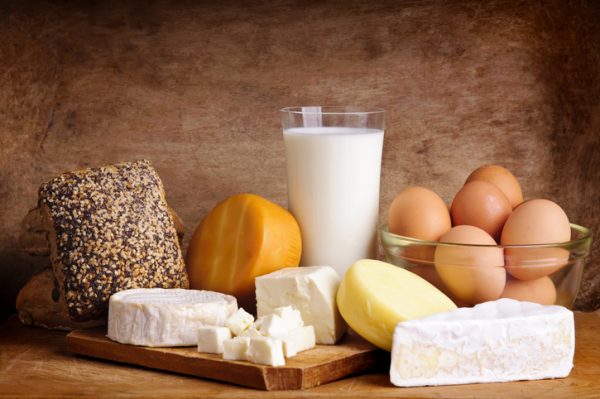MY GLUTEN AND DAIRY UNFREE DIET
The main characteristic of any diet is that you cut something out. But what is it like to go back on to foods that you have been avoiding? That is what I am about to find out.
Having been gluten and dairy free for 15 years and grain free for 12, my inclination has been towards a sprouted, raw organic, largely vegan diet in the spring and summer and home-made bone broths, stews and soups with lightly steamed veggies in the autumn and winter. Although at first I missed pizzas and bread, my tastes quickly changed and, in addition to feeling more energetic and ‘lighter’, I really enjoyed my way of eating. Fruit based salad dressings, crunchy raw granola with almond milk, cacao based desserts and delicious smoothies enabled me, for the first time in my life, to indulge in sweet foods without having to worry about my weight.
No discussion about diet would be complete without some mention of bowel movements. My digestive system thrived on this way of eating with an efficient gastro-colic reflex after every meal, making way for what was coming in. There were no ‘log’ jams and I never suffered from indigestion or IBS. But would this happy state continue on my new gluten and dairy regime?
You may be wondering why gluten and dairy – foods that have been dietary staples for millennia – should be problematic for us today? After all, we have a long tradition of bread being ‘the staff of life’ and dairy was used therapeutically to boost immunity. Well, the reason is modern agricultural processes have changed them so much, they are becoming unrecognisable as foods by our immune systems.
Gluten is a protein found in all grains, but it is the gluten in wheat, rye and barley that is particularly challenging. Not only is it GM, unless spelt or kamut, but modern gluten has been bred to be 50 times more – well, glutinous – than it was 50 years ago, giving it a bubble-gum like consistency so it gums up the works, so to speak. And today’s loaf contains 50 per cent more of it. Until the introduction of the combine harvester, wheat was not cut until it was six feet in height, which meant it was matured and partially fermented by rain before being cut. Furthermore, most breads were fermented into sourdoughs, relying upon enzymes rather than our digestive systems to break it down, and grains would have been pre-soaked and not eaten raw as they are today.
Grains are the foundational food of the modern diet, starting with cereal and toast for breakfast, sandwiches for lunch and topping it off with pies, pizzas etc., for dinner. However, before the Industrial Revolution, grains were mostly regarded as animal fodder. But the uprooting of rural communities into urban slums to fuel the industrial machine necessitated a cheap, transportable food supply, and refined grains were the obvious choice.
More recently, the food industry has developed a water-soluble form of gluten which is used to thicken processed foods, and the introduction of GM corn (modified corn starch/maize) which invariably contains the uber-toxic glyphosate, can switch off the ability to digest gluten altogether.
Sadly, the story is the same with dairy. Pasteurisation, and ultra-pasteurisation, heat the milk to such high temperatures – sometimes 350 degrees, that the proteins (casein) are so damaged they too appear alien to our immune systems. Such high temperatures not only destroy the nutrients found in raw milk but also the beneficial bacteria and enzymes that help us digest it, turning it into a toxin rather than a source of nourishment. To add insult to injury, milks today are nearly always homogenised changing the size of the fats allowing them to leech into the bloodstream. Homogenisation is linked to cardiovascular disease as it can provoke an autoimmune attack against the blood vessels. Babies fed formula milks (microwaved in plastic bottles) may produce antibodies to milk and plastic, and microwaving[1] has been shown to stimulate an immune response identical to that found in cancer patients.
Lack of breast feeding, caesarean births, the use of antibiotics and vaccines, and the consumption of sugar means many of us have leaky guts which allow undigested foods to enter the bloodstream and an immune system, accustomed to the pre-industrial diet, will react by producing antibodies setting the stage for a lifetime of allergies and autoimmune diseases.
So, having thrived on a grain and dairy free diet for over a decade, what is it like to go back on to these foods? And why would anyone choose to do that? Well, the answers to the first question will be revealed over the coming blogs. The answer to the second is curiosity and a desire to have control over my health in old age. As a nutritionist, it wasn’t enough to know that these foods didn’t make me feel good. Wanting to take advantage of sophisticated lab tests to identify which enzymes and immune responses were involved and finding out which organs could be the target of an autoimmune response I would be able to reduce the risk of degenerative diseases. So, I went against the grain (!) and embarked on a ten-day period of gluten and dairy consumption.
What happened, was not what I was expecting…
[1] Prior to Perestroika, microwaves were banned in Russia as they were regarded by doctors as too dangerous. Seems a bit futile now that we are microwaving our brains with mobile phones.



